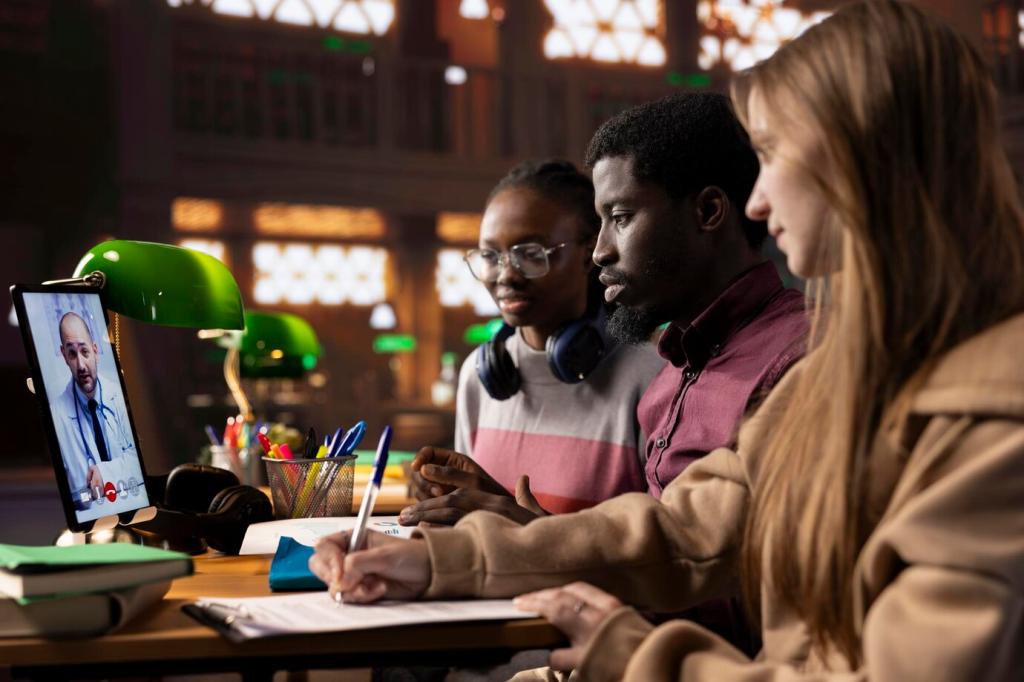
Social Learning in Language Education: Building Fluency Together
Chosen theme: Social Learning in Language Education. Discover how conversation circles, peer feedback, and community-driven projects transform language study into a shared, motivating journey where mistakes become stepping-stones and progress feels proudly collective.
Why Social Learning Accelerates Fluency
The Power of Peer Scaffolding
When a learner stumbles, a peer can model the phrase, gesture the meaning, or offer a synonym at just the right moment. This shared lift fosters confidence, deepens memory, and invites repeated, low-stress attempts that quickly compound into fluency.
Motivation Through Belonging
Belonging is a quiet engine. Learners return because their group notices, laughs with them, and celebrates tiny wins. The classroom becomes a circle of voices where consistent participation matters more than perfection, and progress becomes a shared ritual.
From Passive to Participatory
In a socially rich class, students are not listeners waiting for answers. They are discussants, interviewers, and explainers. Speaking to help a peer understand forces clarity, encourages expressive risk, and turns complex grammar into conversational muscle.
Designing Collaborative Classrooms, Online and Offline
Seating and Space That Invite Dialogue
Circles beat rows. Tables with shared supplies, visible timers, and conversation cards make turn-taking natural and fair. A wall for vocabulary parking lets groups post new words, then revise them together after practice rounds to cement usage.
Digital Tools That Humanize Distance
Small breakout rooms, rotating roles, and collaborative documents recreate the buzz of a lively class. Emojis mark confidence levels, while color-coding reveals contributions. Recording short replies allows shy voices to rehearse, reflect, and proudly reshare their progress.
Norms for Equitable Voices
Agree on signals for help, time limits for turns, and sentence starters that lower the barrier to speaking. When norms are co-authored, learners feel ownership and gently hold each other accountable for inclusive, growth-focused conversation.
Warm Feedback First
Begin with what was clear, expressive, or brave. Name the exact phrase that shone. Warmth reduces anxiety, primes attention for suggestions, and creates a supportive atmosphere where learners actually welcome hearing what to adjust next.
Actionable, Specific Suggestions
Replace vague advice with concrete cues: swap this verb tense, add a connector, or emphasize word stress here. Clear steps invite immediate practice. The best peer comments are so practical that learners naturally test them in the next turn.
Peer Review Routines That Stick
Use rapid cycles: present, receive two comments, retry, and reflect. Simple trackers help measure growth by moments, not months. Over time, learners anticipate feedback, self-correct earlier, and volunteer to mentor classmates just beginning the journey.
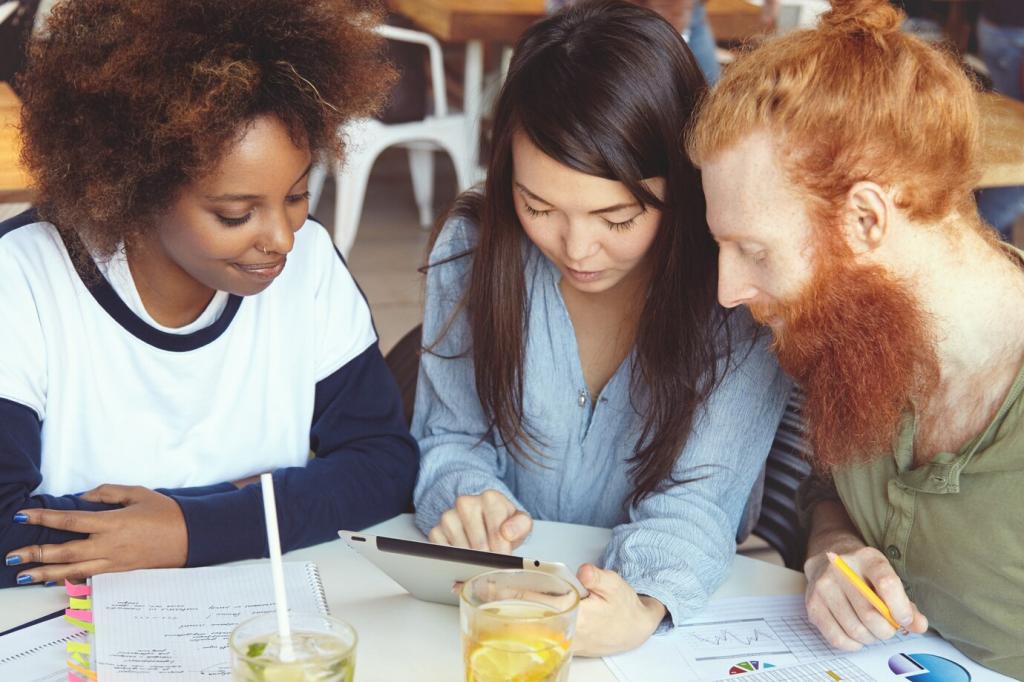
The Whisperer Who Became a Moderator
A quiet learner started by holding a timer and reading prompts. Two weeks later, she summarized group ideas out loud. By the fifth week, she led discussions, modeling pause-filled clarity and cheering classmates through tricky intonation shifts.
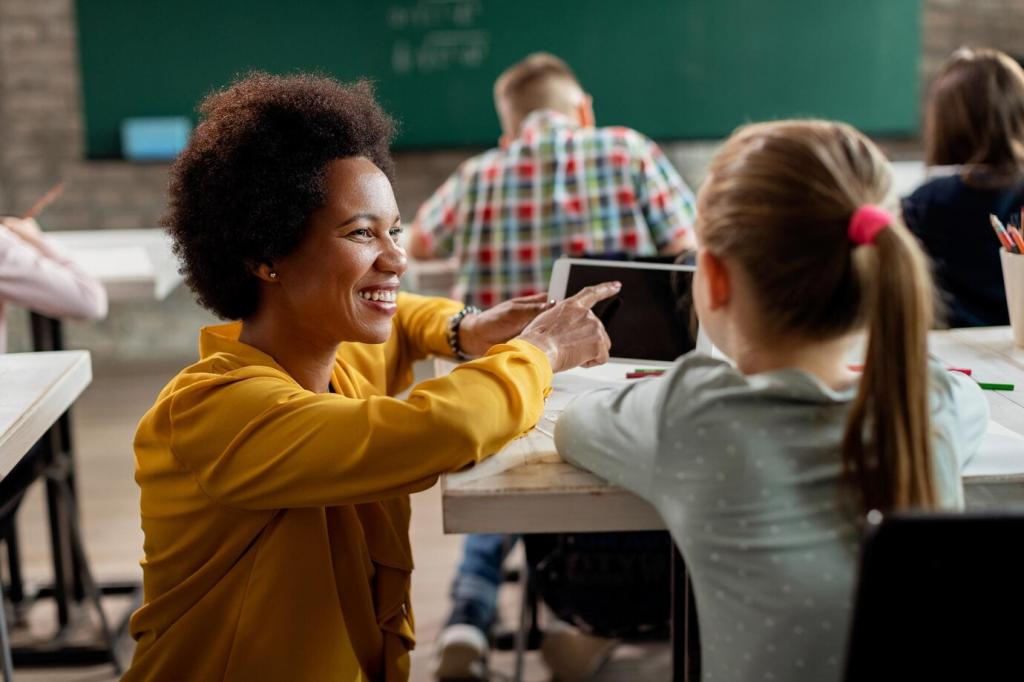
A Mural of Idioms, A Chorus of Voices
Groups collected idioms from films and songs, sketching them onto a wall mural. Each presentation turned into a mini performance, with gestures and laughter. Weeks later, those idioms surfaced naturally during debates, stitched into fluid, expressive speech.
Assessment That Honors Collaboration
Invite learners to define success: clarity, interaction, repair strategies, and respectful turn‑taking. When criteria are co-designed, students aim at shared targets and view assessment as a guidepost for the next conversation, not a final verdict.
Assessment That Honors Collaboration
Short, cyclical check‑ins keep pressure low and progress visible. One-minute recordings, reflection notes, and partner ratings create a mosaic of evidence that captures growth precisely where it happens: during authentic, collaborative exchanges.


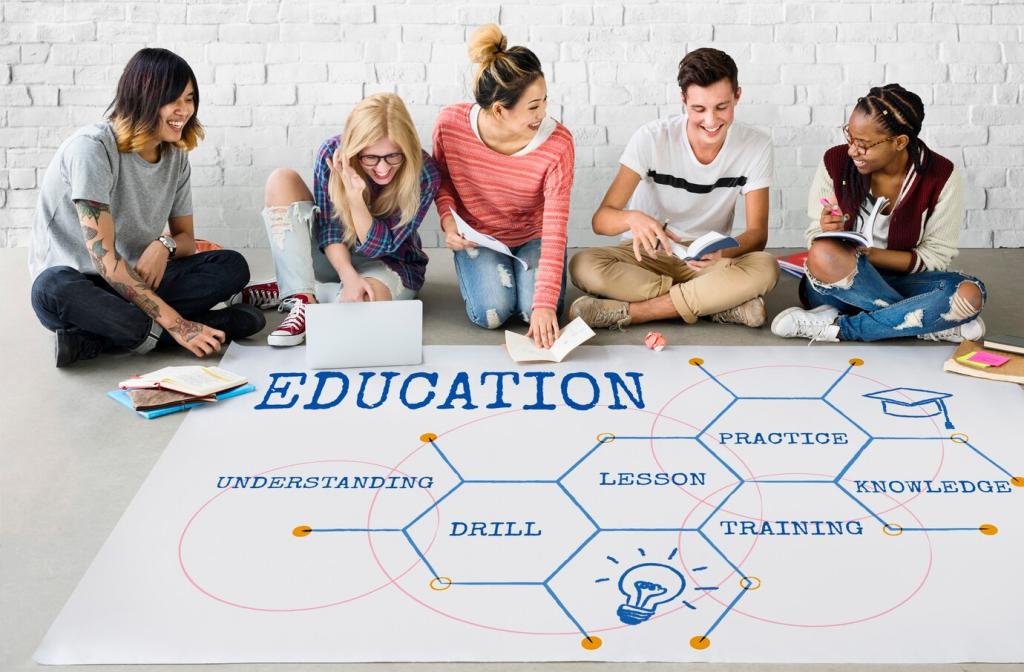
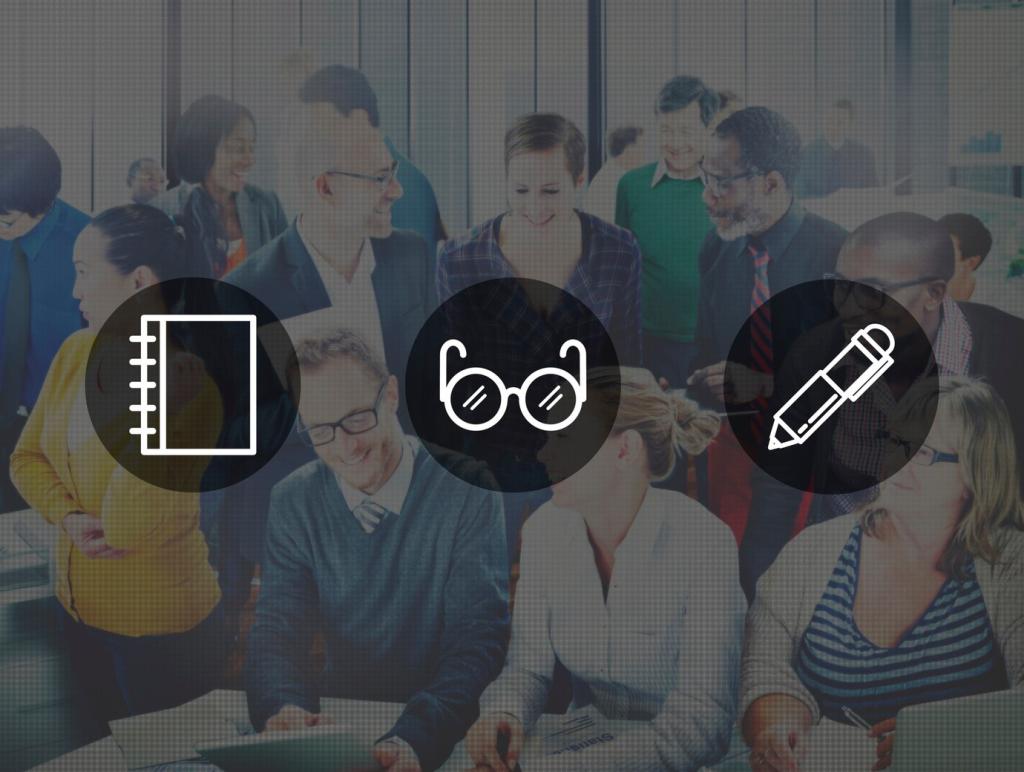
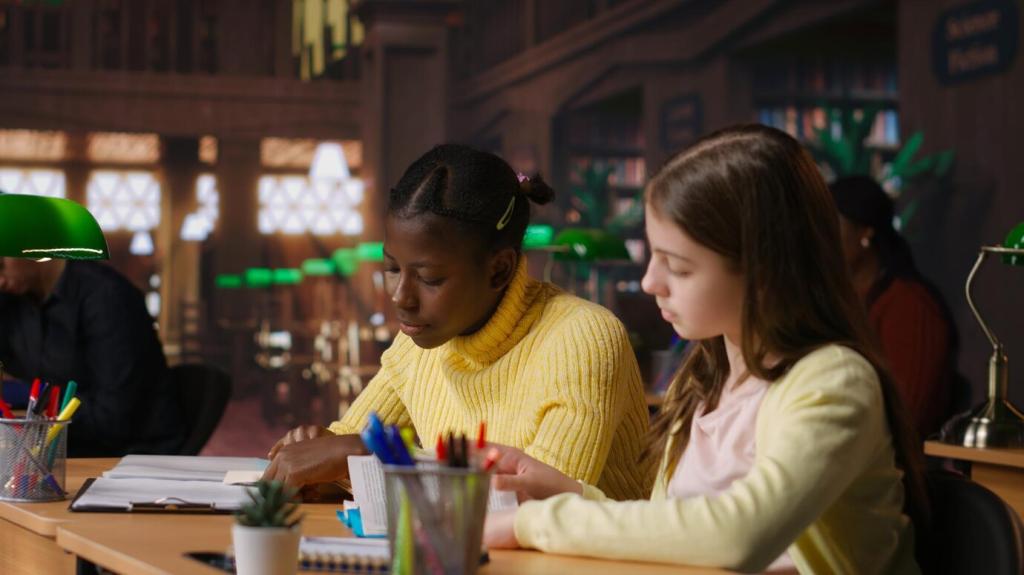
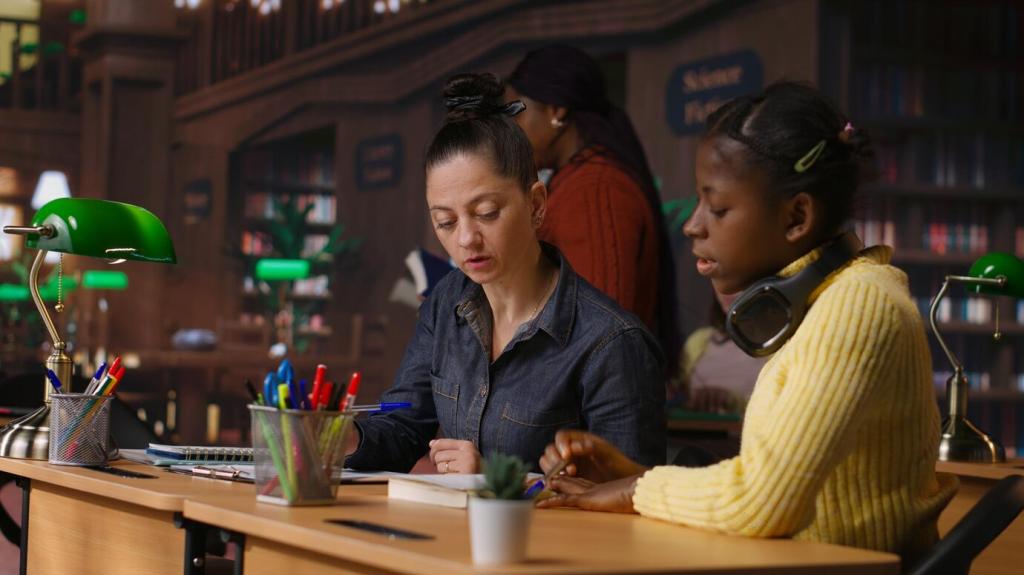
Tell Us Your Social Learning Win
What group activity unlocked real fluency for you or your students? Share your moment in the comments, tag a colleague, and inspire someone who is just about to try their first conversation circle.
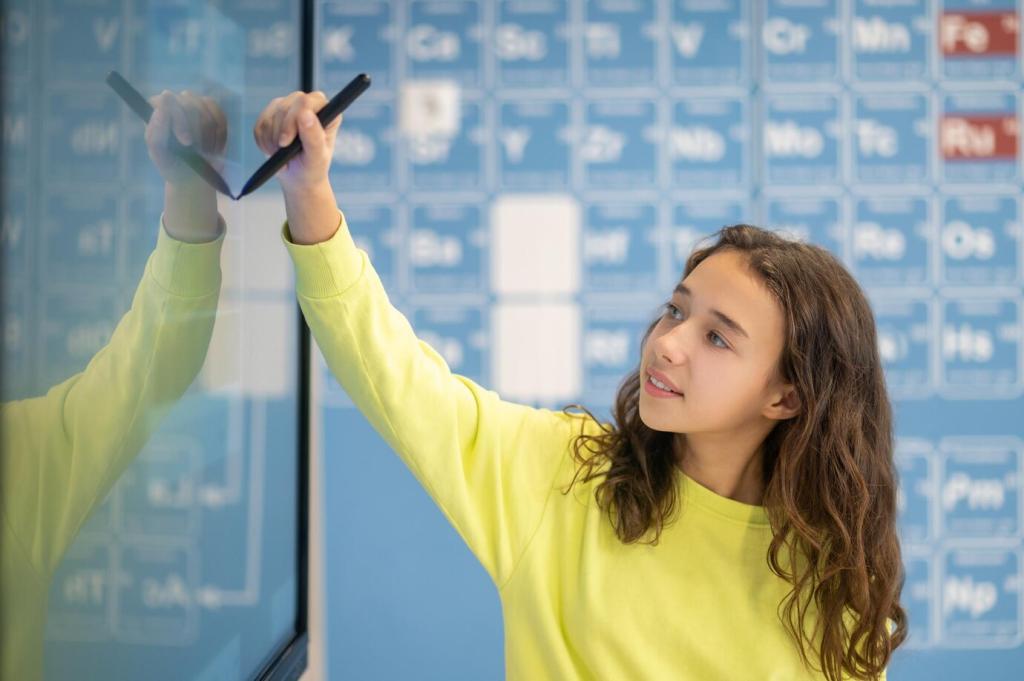
Subscribe for Human Stories and Tools
Join our newsletter for classroom-tested routines, printable prompts, and heartfelt reflections from educators and learners. We deliver practical ideas and uplifting narratives you can put to work immediately in your next session.
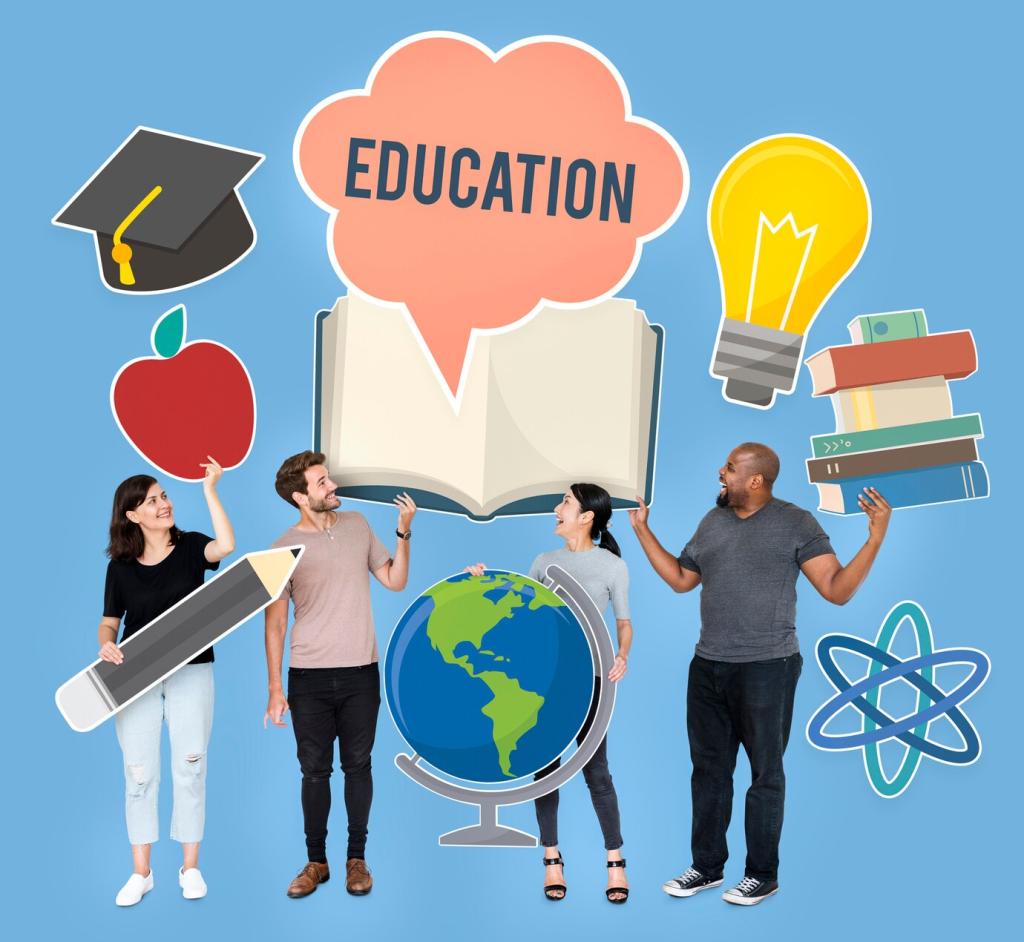
Try a Two‑Week Experiment Challenge
Pick one routine—peer summaries, rotating roles, or voicemail storytelling. Run it for two weeks, collect reflections, and report back. We will feature your insights, credit your class, and celebrate the courage to iterate together.
